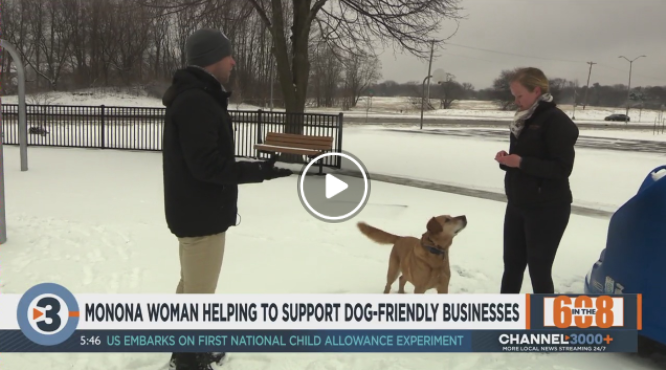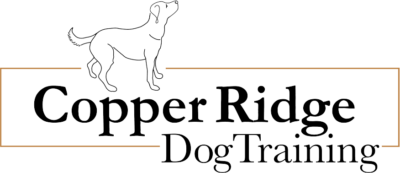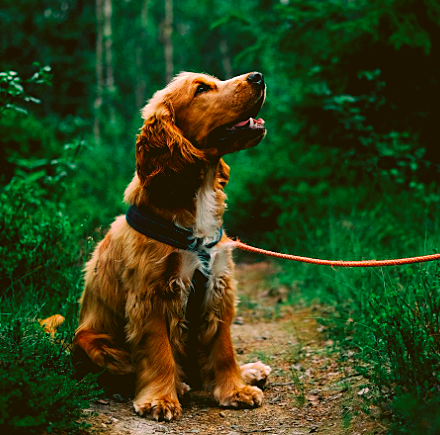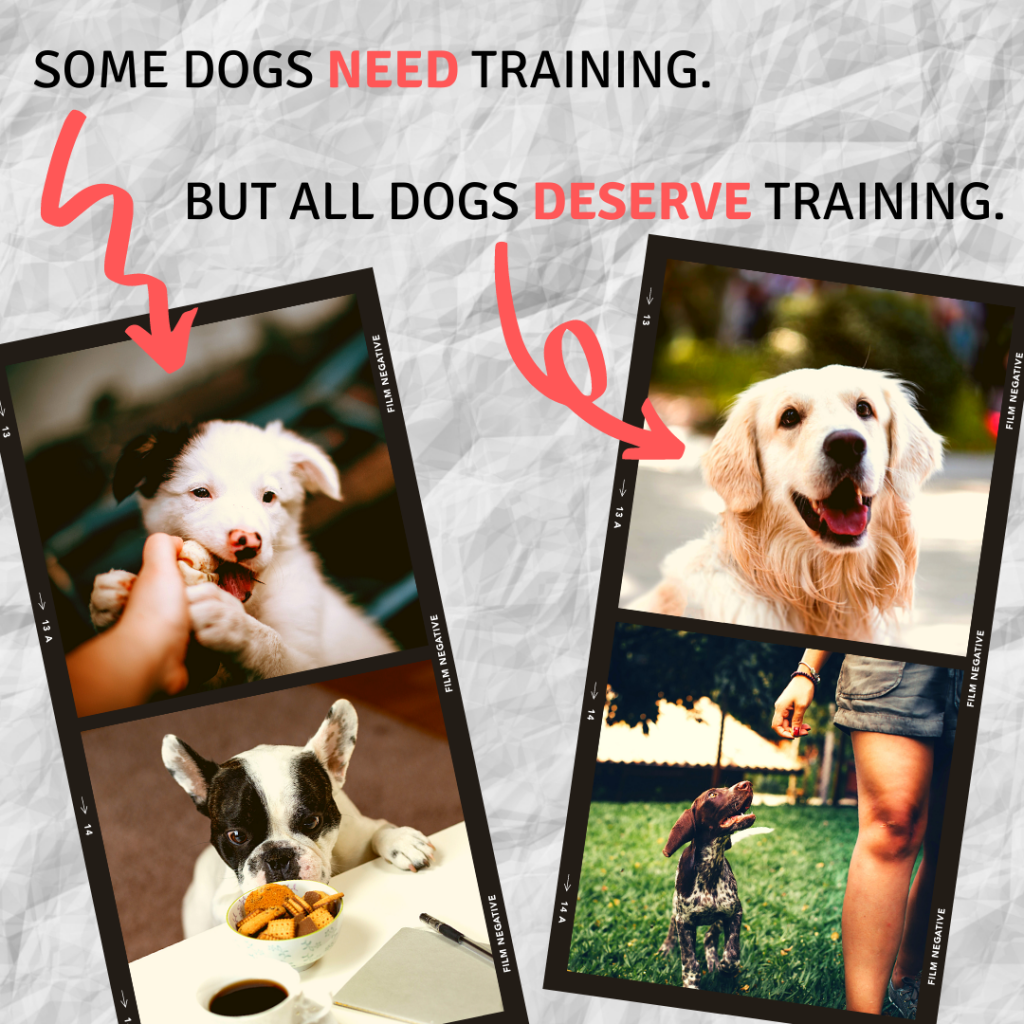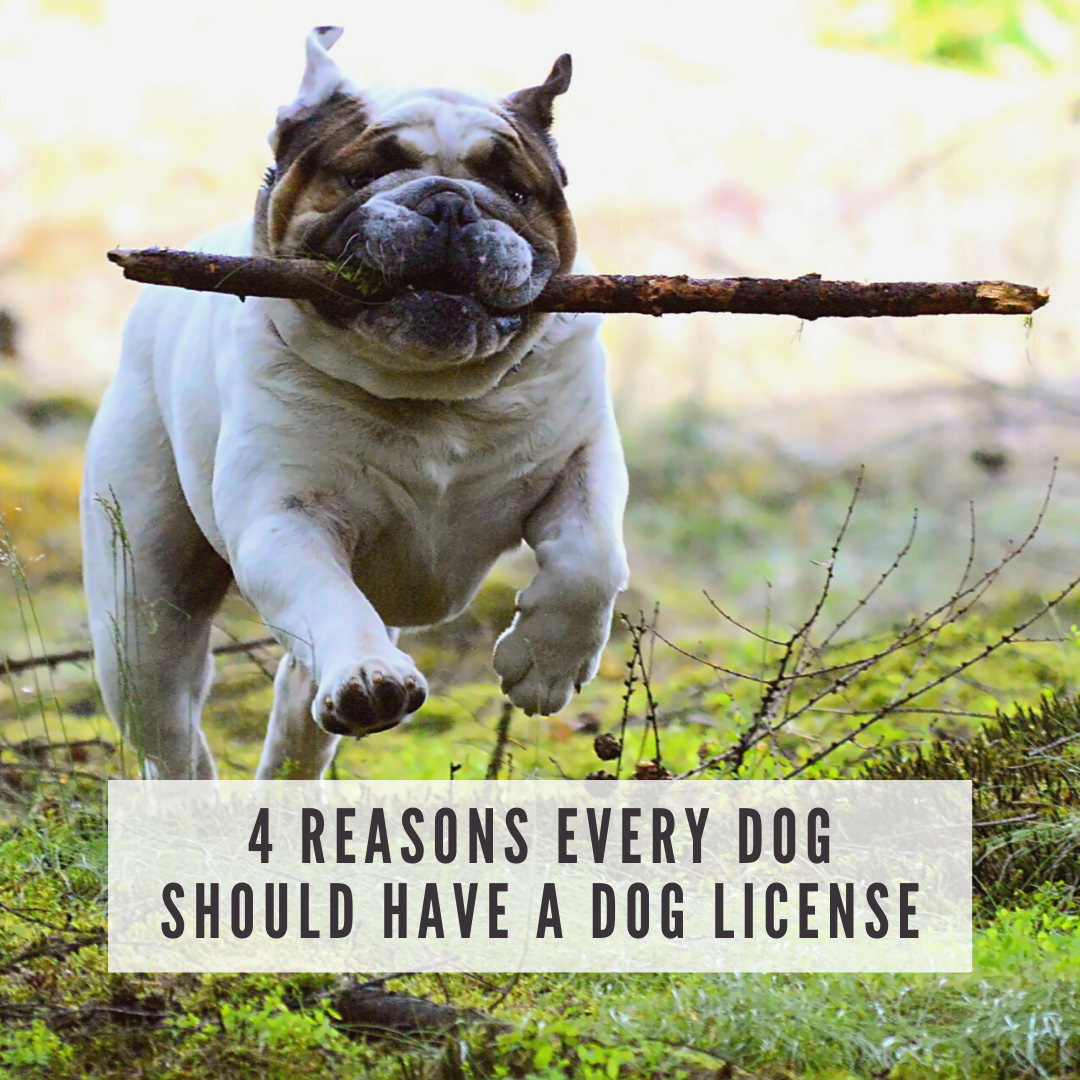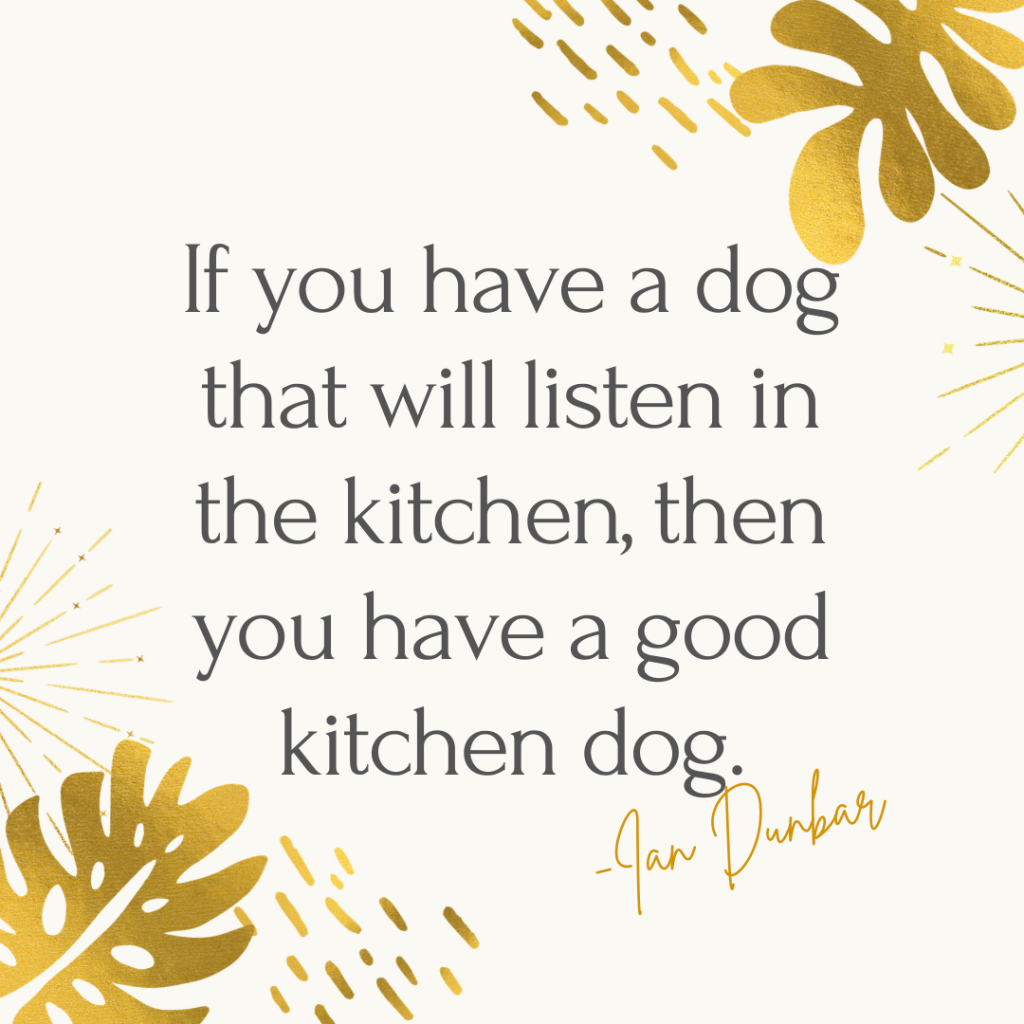Getting your dog licensed every year is the law, but there is a lot of confusion around it. We’ve gathered all of the information that you need to know to make sure we’re all doing our part to be responsible dog owners in our community. So let’s discuss the four reasons why you should get your dog licensed annually.
1. It proves that your dog is properly vaccinated.
You must show up-to-date vaccinations in order to receive your license. That includes rabies. Keeping up with your dog’s vaccinations is incredibly important not only for your dog’s health, but for the health of other dogs that you may come into contact with.
2. It helps authorities return your dog safely to you if it gets lost.
Once you register your dog with your city, your contact information will be linked to your dog’s tag (so don’t forget to put that tag on your dog’s collar). So if your dog goes missing, authorities can quickly look up your information and get your dog safely home. If they can’t find you, your dog will go to a shelter for a holding period. Shelters are required to hold stray dogs for a set amount of time (typically 7 days in Madison). If you don’t claim your dog during the holding period, your dog could be put up for adoption.
3. It’s cheaper than a fine.
Dog registration typically costs around $20 for spayed/neutered dogs, and $25 for intact dogs. However if you get stopped with an unlicensed dog in Madison, WI you could receive a fine up to $124. Fees for other cities in our area vary.
4. Local shelters are supported by the fees.
Your fees aren’t just filed away in some arbitrary account… they go to help our community! Whether it helps locate lost animals, reunite lost pets with their families, or provide care for other animals in our shelters, those funds are put to good use. The more people that license their pets, the more funds these services have to help our community.
What do I need to know about dog licenses?
All dogs over the age of 4 months must be registered with your city. Your license is valid January 1 – December 31, and must be renewed annually. If you recently added a new dog to your family, there is a 30-day grace period for you to get your registration. If you move cities, you may need to register your dog in your new city, so check your new city’s requirements.
Every city has its own requirements on where and how to register your dog, but the basic requirements are the same across the board. Here’s what you need:
- Registration form
- Proof of rabies vaccination
- Check or cash for registration fee (typically $20-$30, but varies by city)
That’s it! When you turn in your form and payment, you will receive a license tag that you should put on your dog’s collar with it’s ID tag.
Local Registration Links
You can find your city’s registration forms online to make your visit to the office even faster. We’ve included several of our local offices below to help. If you have questions regarding your specific city’s requirements, reach out to your local office.
